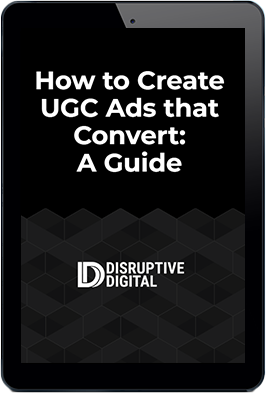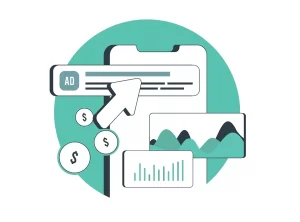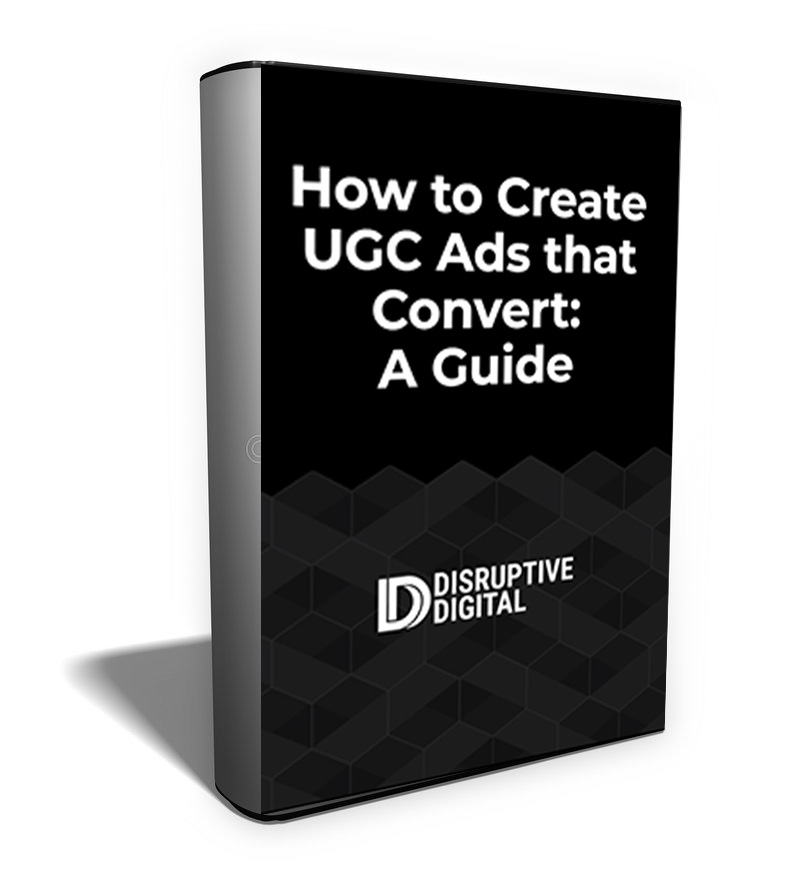If you’ve heard it once, you’ve heard it everywhere: video ads are the future of digital marketing. And it’s true, their storytelling capacity is nearly endless. But, contrary to popular belief, static image ads continue to be just as effective a format for performance marketing. You have to get your static visuals right, of course. Let’s go in-depth about what you need to know about the nuances of static and video ads, where static images can have the upper hand, and how to iterate on static image creative to optimize your performance.
Images vs Video: What You Need to Know
Video is inherently engaging and allows extended storytelling, but static images come with their benefits. They’re able to quickly convey your main message(s) while giving you the ability to easily show a core visual related to your product or service without much of an intro needed.
To build on this Facebook recommend mixing static and video assets in your creative based on a conversion lift study analysis they performed. One reason for this is that Facebook delivers its ads to the types of content on which your audience will be most likely to take action. Some people will prefer videos, while others prefer static ads. Using both ad formats within a single campaign allows you to give both groups exactly what they’re looking for, enhancing your reach and ad relevance in the process.
FREE GUIDE
How to Create UGC Ads That Convert
Our guide explains what user generated content is and what makes it good for ads.
The takeaway is clear: advertisers should always test, learn, and iterate on a mix of both video and static ads to learn what works best for them. That’s not just hypothetical, either.
We’ve personally worked with many businesses for whom video, at first, was the best-performing format, only to find a breakthrough style of static alternatives that began to take over. In these cases the end key metric of ROAS, CPA, or CPL saw an improvement using static ads over video. To which, the shift in budget terms became only a matter of time.
There are many potential reasons for this shift when it happens, including the audience preferences mentioned above. But keep in mind that we’ve often seen static ads deliver either a better CTR, CVR, and/or lower CPM compared to a video To be clear, none of this means that static should always be the preferred creative option. Far from it. It does mean, however, that it’s impossible to dismiss static creativity as less successful.
Instead, our guidance remains to continually test, learn, and iterate across both formats–while keeping some of the inherent advantages of static ads in mind as well.
3 Inherent Advantages of Static Images over Video Ad Creative
Let’s dig a little deeper into the advantages static image ads almost always have over their video counterpart. Keeping these advantages in mind can help you better understand whether and how these static ads can fit into your larger strategy.
-
- Cost efficiencies. Static creative costs less to produce compared to a video. For example, static UGC ads could simply be taking a staged photo on an iPhone–no editing required.
- Speed of creation. Static creative won’t need a script and needs less time to produce in general. Combined with the above cost-efficiencies, this means you can output more static creative at a fraction of the time and cost of a single video.
- Iteration opportunities. Because the base asset is a single image instead of a multiple-second or minute-long video, it provides a much simpler canvas for editing. You can easily take top-performing assets and iterate on them to extend their life and contribution to your ad efforts.
Again, none of this means static is inherently superior to video. But you can more easily add a testing framework for static into your larger campaign, as long as you know exactly what you can iterate on.
FREE GUIDE
How to Create UGC Ads That Convert
Our guide explains what user generated content is and what makes it good for ads.
6 Iteration Opportunities for Static Image Ads
Based on the last section above, here are 6 examples to show how you can iterate on static image ads. All of them are grounded on real examples from our agency clients, and are often leveraged to extend the life cycle of high performing static ads as it essentially creates a new ad.
1. Add or Change the Text Overlay
The text surrounding your visuals offers almost endless customization potential. You can change the font style or color, or where it’s positioned for the eye-grabbing visual. And of course, you can test different variations of the text itself, from changing the value prop to building more action-oriented sentences.


2. Add a Border
Adding a border around your product image can make it stand out more or allow you to add some secondary messaging, while still keeping the visual front and center. It works especially well with existing visuals your audience might have already seen, in which case the border (and text within it) can add a more timely sales message, seasonal emotion, or sense of urgency.

3. Add Social Proof
We know audiences respond to social proof, so it’s worth experimenting with the types of social proof that could help your ad perform. Average star ratings or even a great and succinct review might just get your audience to pay enough attention to click and convert.

4. Combine Individual Assets in One Graphic
Especially if part of your brand is about variety, don’t limit yourself to a single product image. Instead, use multiple visuals to create a split screen or even a grid that showcases this variety to shoppers still looking at their options.

5. Template Your Assets at Scale
Adding text, branding or background colors to a large product catalog can be difficult. Third-party tools like Socioh allow you to scale that process. Use this functionality to easily test how these different elements can impact ad performance.

6. Repurpose Static Ads Into Motion
Multiple static images might just be perfect to bring video into the equation. Facebook allows you to create a simple slideshow, even with suggested music options, that builds more in-depth creativity. Similarly, you can use multiple graphics to create a gif for a simpler but still-engaging motion alternative.
Never underestimate the continued power of static image ads. Their relative ease of creation and cost-effectiveness allows for nearly endless iteration opportunities, allowing you to test continually for audience preferences. Over time, and with continued iteration, you can build highly successful static ads designed to hit and exceed your core metrics.








